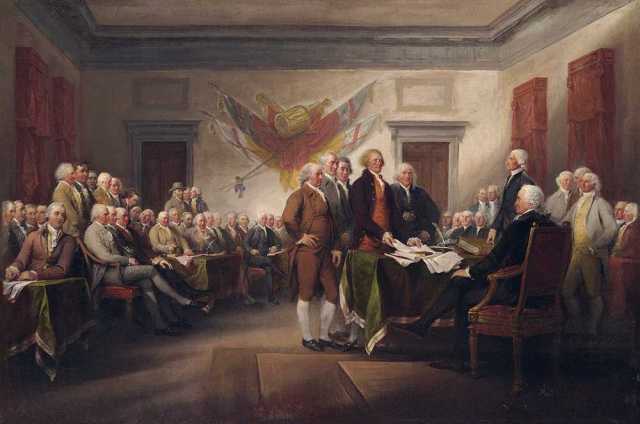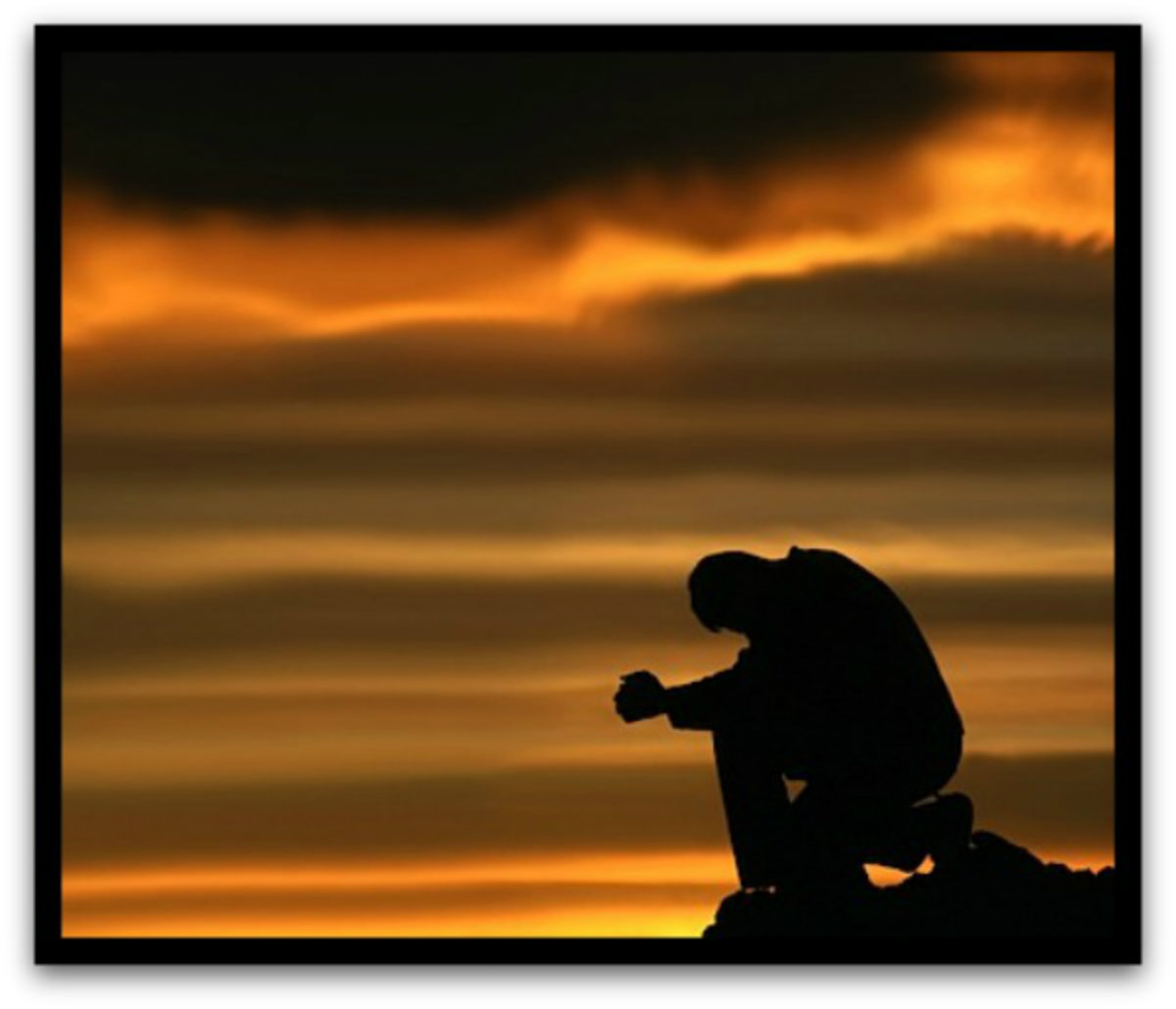The most famous American document was signed – The Declaration of Independence. 56 very brave men literally put their lives on the line that day, and “with a firm reliance on the protection of Divine Providence”, declared their intentions to form a new country – in the words of Abraham Lincoln 87 years later – a new nation, conceived in liberty, and dedicated to the proposition that all men are created equal.
We hold these truths to be self-evident, that all men are created equal, that they are endowed by their Creator with certain unalienable Rights, that among these are Life, Liberty and the pursuit of Happiness. — That to secure these rights, Governments are instituted among Men, deriving their just powers from the consent of the governed, — That whenever any Form of Government becomes destructive of these ends, it is the Right of the People to alter or to abolish it, and to institute new Government, laying its foundation on such principles and organizing its powers in such form, as to them shall seem most likely to effect their Safety and Happiness.
On this day in 1776, the Declaration of Independence is signed. If you’re surprised to hear that it wasn’t signed on July 4, then you’re in good company! Even Thomas Jefferson and John Adams later became confused about when they signed.
Maybe Jefferson had cause to be distracted that summer. Would you believe that he nearly missed his opportunity to sign the Declaration? His wife was not doing well, and he’d asked for a replacement in Congress. Virginia was slow to act, which left Jefferson still in Philadelphia for the August 2nd signing.
Wouldn’t that have been odd if he’d never signed the document he authored?
The Continental Congress approved a formal, written Declaration of Independence on July 4, as we all know. Thomas Jefferson and John Adams would later insist that everyone had also signed on that day, but the evidence indicates otherwise. For one thing, the list of people present on July 4 doesn’t match the list of signatories. Delegates came and went. Some who’d voted for independence were never signatories to the document itself. Some who weren’t present for the July 4 vote still signed.
One signer, Thomas McKean, would later attest that “no person signed it on that day [July 4] nor for many days after.”
His recollection gained support when the Secret Journals of Congress were published in the early 1800s. The congressional decision to have the Declaration “engrossed on parchment . . . [and] signed by every member of Congress” was not recorded until July 19. A subsequent August 2nd entry notes that the engrossed Declaration had finally been received “and was signed by the members.”
Given these facts, most historians agree that Jefferson and Adams simply remembered it wrong: The signing occurred on August 2, although John Hancock and Charles Thomson, as President and Secretary of Congress, may have signed something earlier. After all, those two names appeared on the earliest published copies of the Declaration.
What a nerve-wracking experience to sign that particular document!? Benjamin Rush would later remember a feeling that they were signing “our own death warrants.” “The Silence & the gloom of the morning,” he wrote, “were interrupted I well recollect only for a moment by Col: Harrison of Virginia who said to Mr Gerry at the table, ‘I shall have a great advantage over you Mr: Gerry when we are all hung for what we are now doing. From the size and weight of my body I shall die in a few minutes, but from the lightness of your body you will dance in the air an hour or two before you are dead.’”
The joke was greeted with a few fleeting smiles before the solemn atmosphere returned. Most everyone would sign that day, although a few signatures came later. In general, delegates signed with their state delegations, and the states were ordered South to North. Thus, the southernmost state, Georgia, appears first and the northernmost states, New Hampshire and Massachusetts, appear last.
Did Benjamin Franklin really say that “We must all hang together, or most assuredly we shall hang separately,” as everyone signed? Historian David McCullough concludes that it is “impossible to know, just as there is no way to confirm the much-repeated story that the diminutive John Hancock wrote his name large so the King might read it without spectacles. But the stories endured because they were in character . . . .”
Either way, one thing is for certain: Today is a good day to remember the 56 men who risked their lives, with the stroke of a pen. But for them, where would we be?
We, therefore, the Representatives of the united States of America, in General Congress, Assembled, appealing to the Supreme Judge of the world for the rectitude of our intentions, do, in the Name, and by Authority of the good People of these Colonies, solemnly publish and declare, That these united Colonies are, and of Right ought to be Free and Independent States, that they are Absolved from all Allegiance to the British Crown, and that all political connection between them and the State of Great Britain, is and ought to be totally dissolved; and that as Free and Independent States, they have full Power to levy War, conclude Peace, contract Alliances, establish Commerce, and to do all other Acts and Things which Independent States may of right do. — And for the support of this Declaration, with a firm reliance on the protection of Divine Providence, we mutually pledge to each other our Lives, our Fortunes, and our sacred Honor.




Reblogged this on RedLegLeader Blog.
LikeLike
Back in school, no one mentioned the fact that these men committed treason, or that things were more likely to end badly for them & their families. All that was said in books & lectures was what a marvelous document they wrote, how forward thinking & intelligent they were, & what a wonderful country the U.S. turned out to be. I don’t recall ever putting 2+2 together about how they felt & what happened to them after they signed; only learned it much later through reading a variety of resources.
LikeLiked by 2 people
They were a model of courage, among other fine qualities.
LikeLiked by 1 person
Yes, treason it was.
LikeLiked by 1 person
It would be so sweet if on this historical day AND with a President Trump rally soon, no coincidence at all, AND a swamp draining underway, that PERHAPS a huge portion of swamp could be cleaned out today!
LikeLike